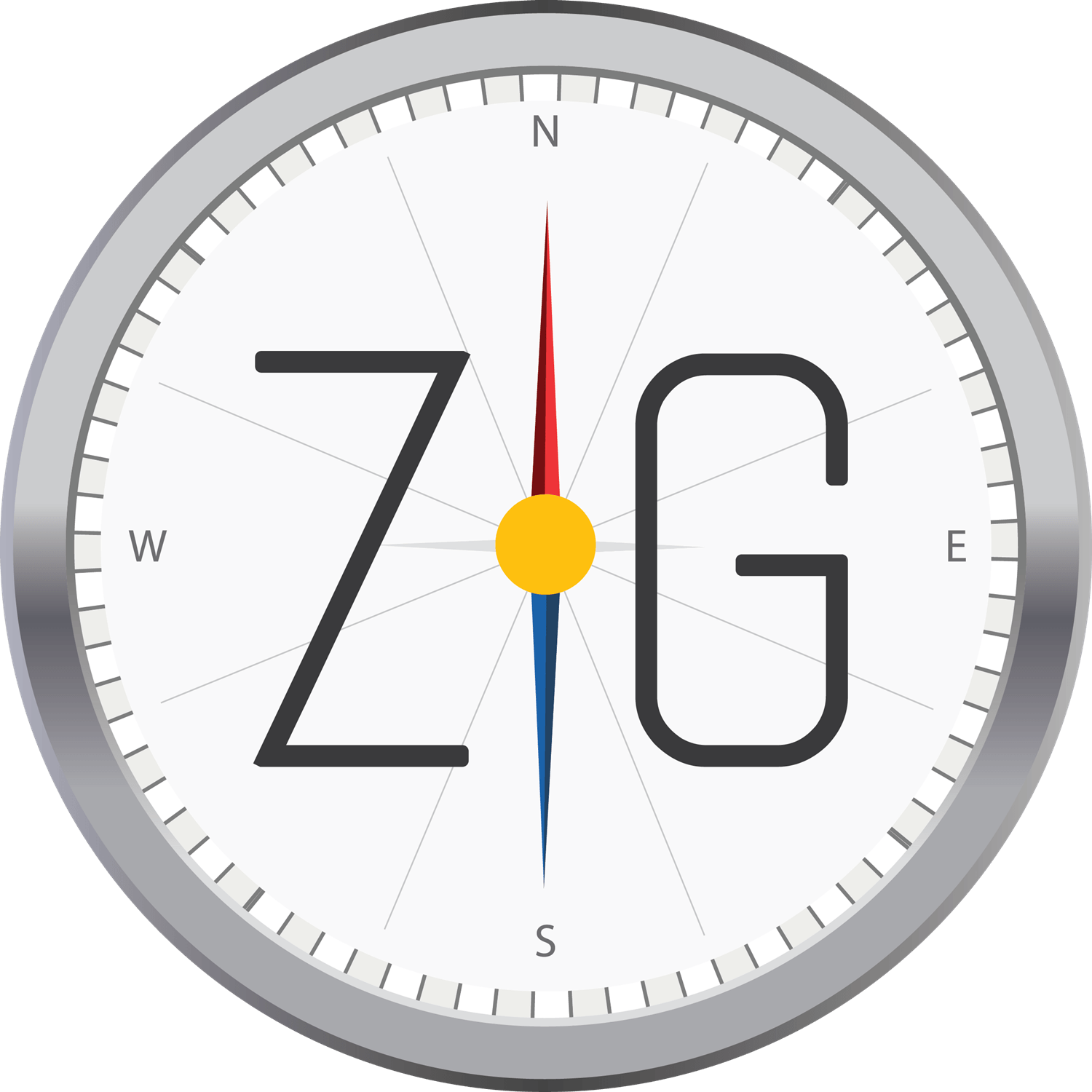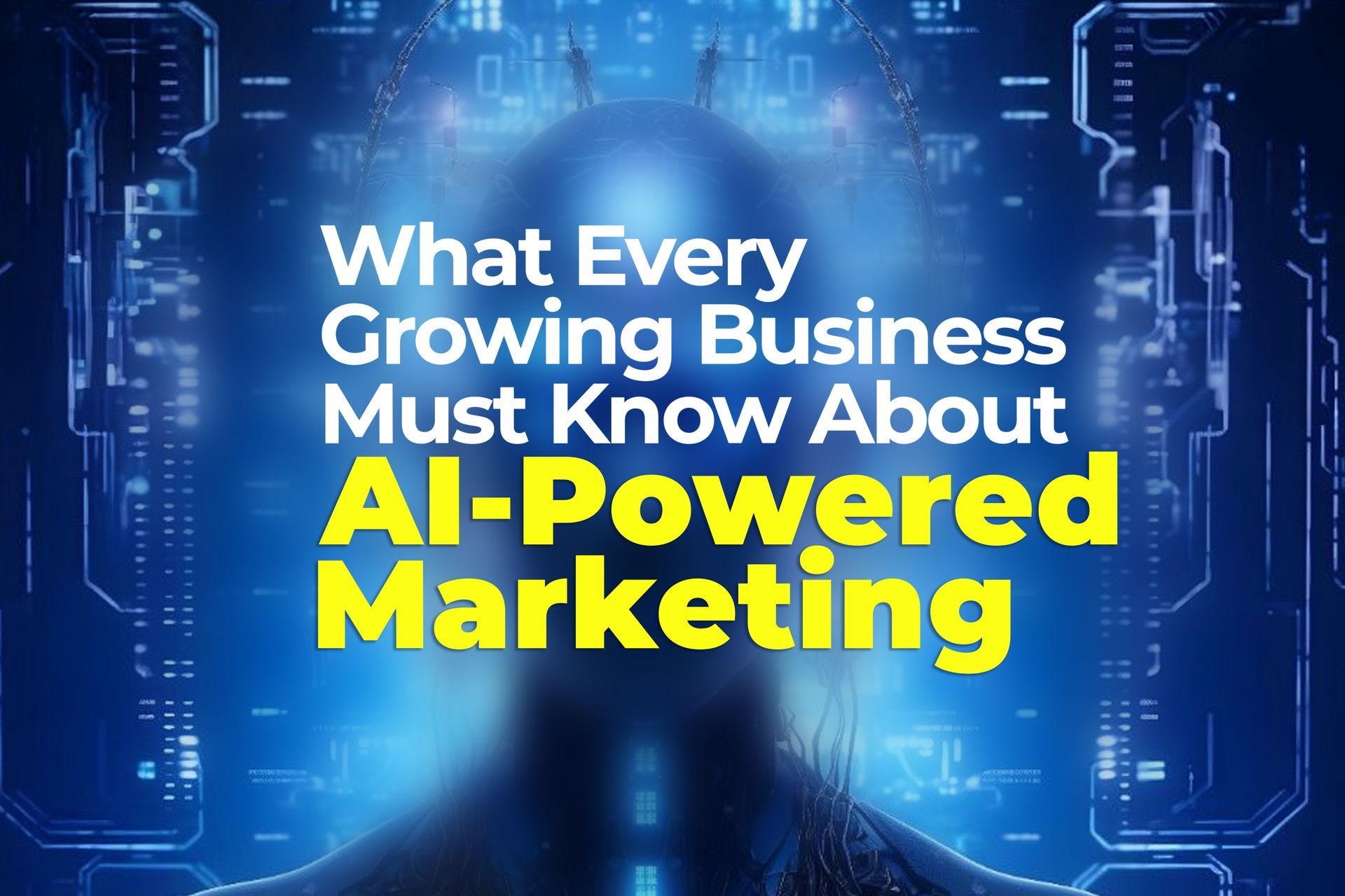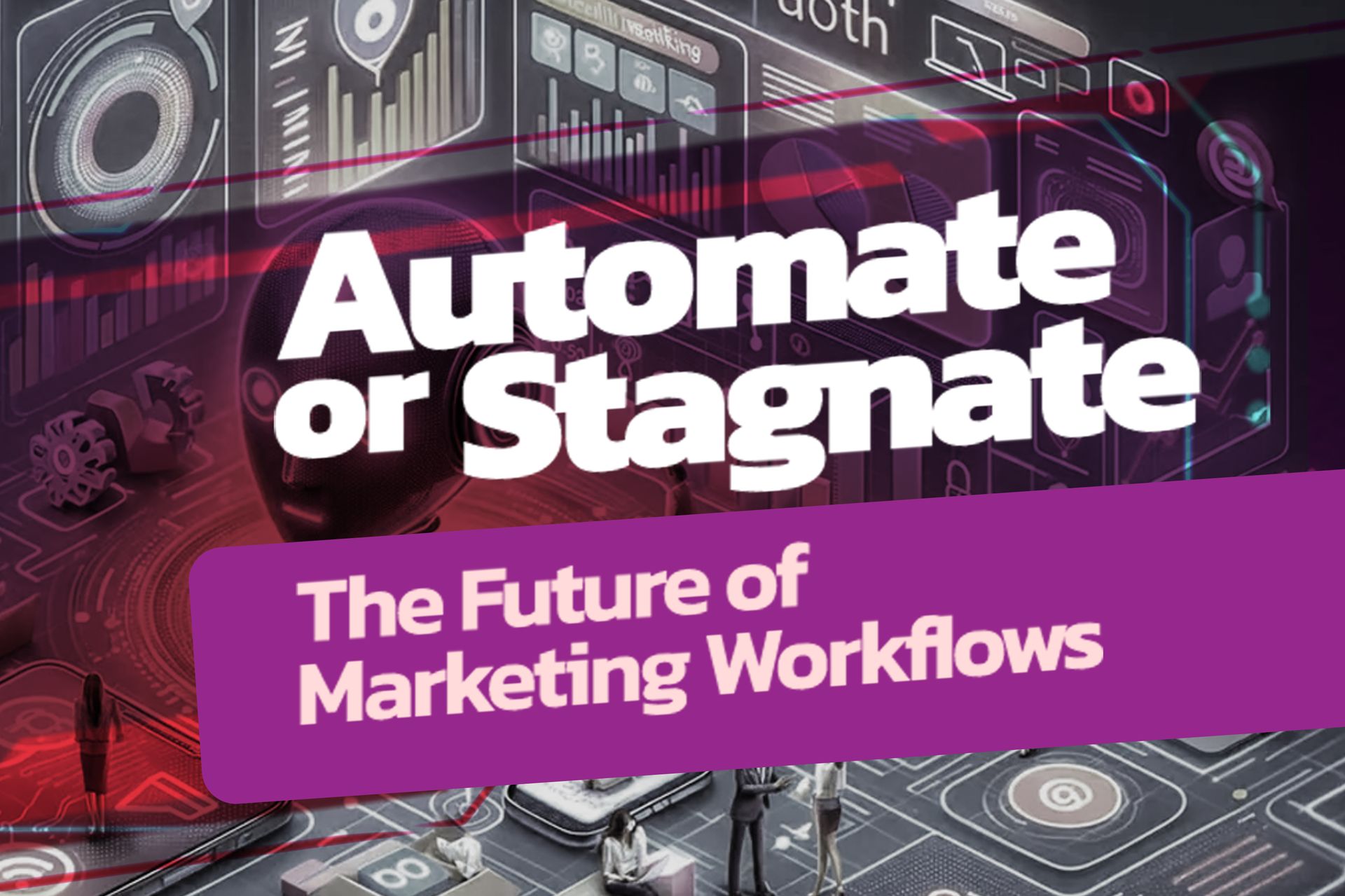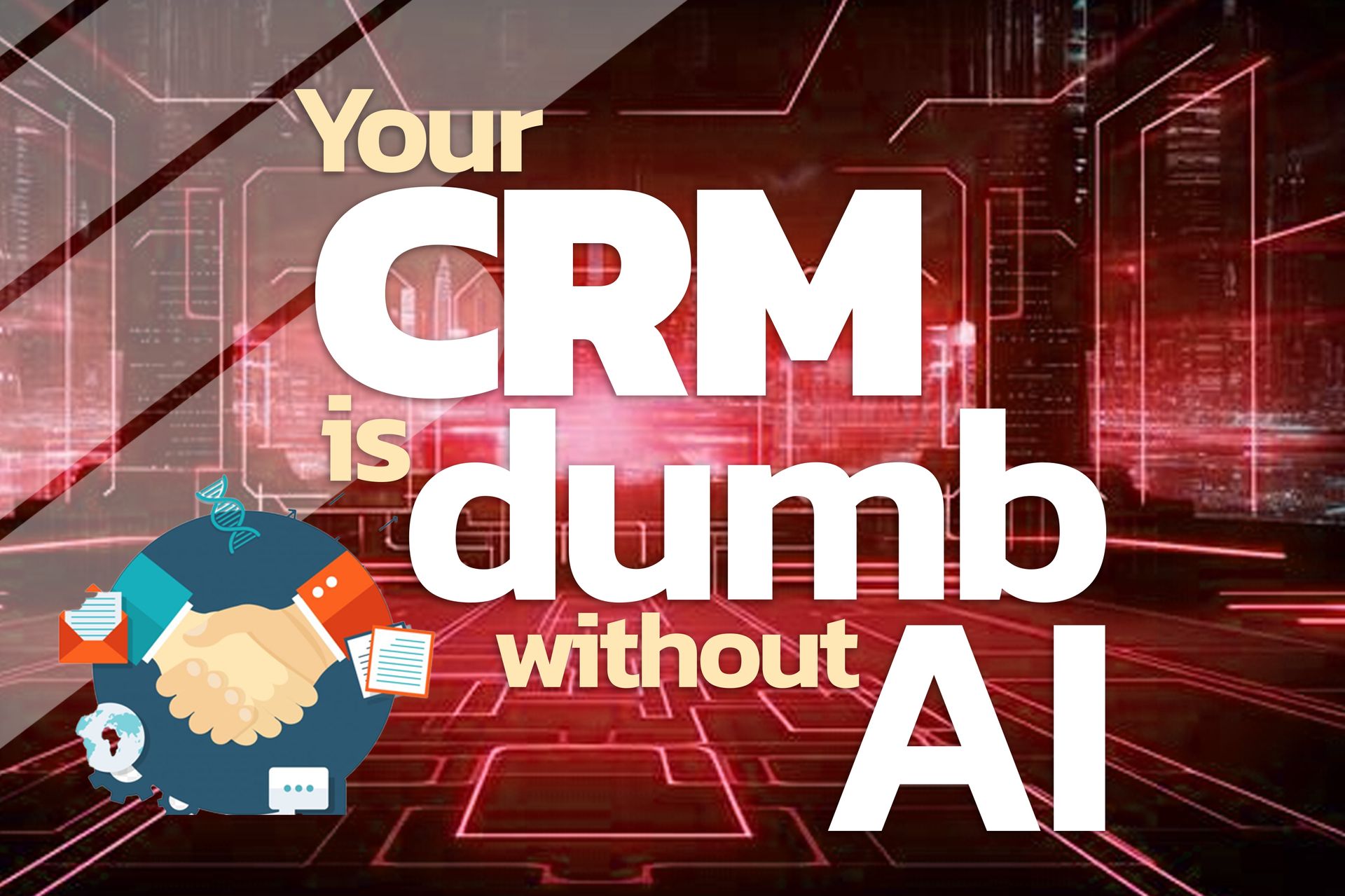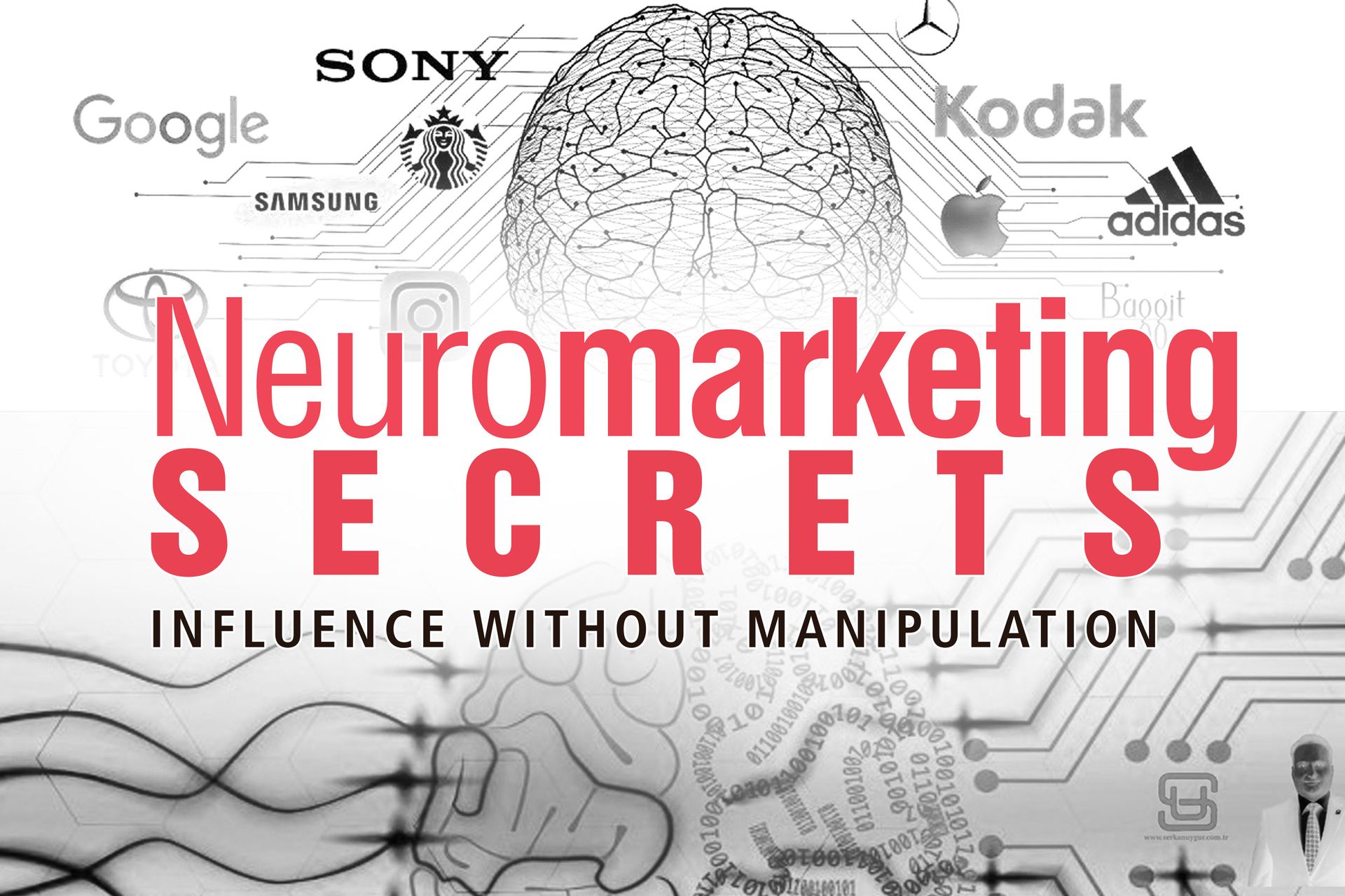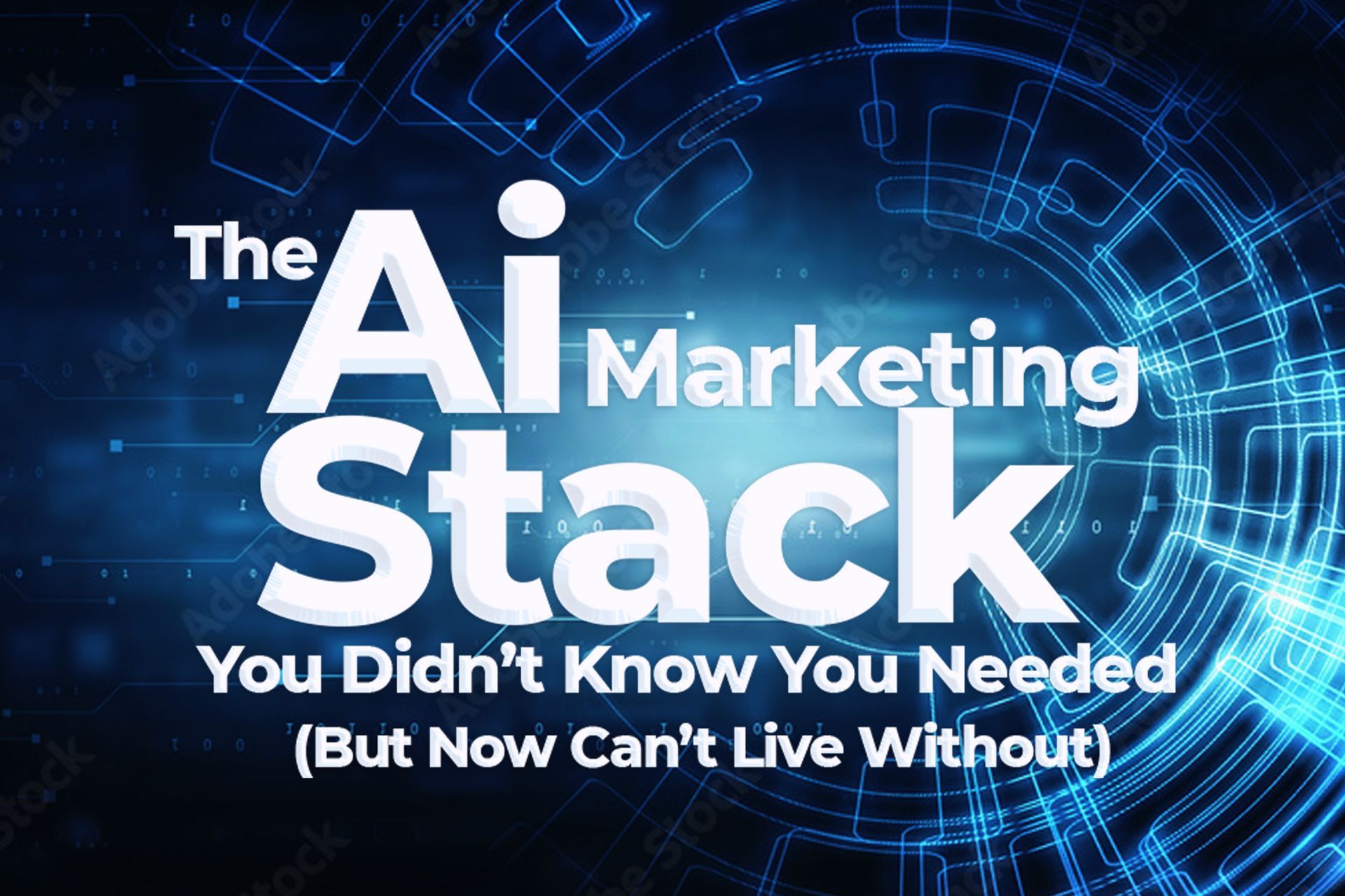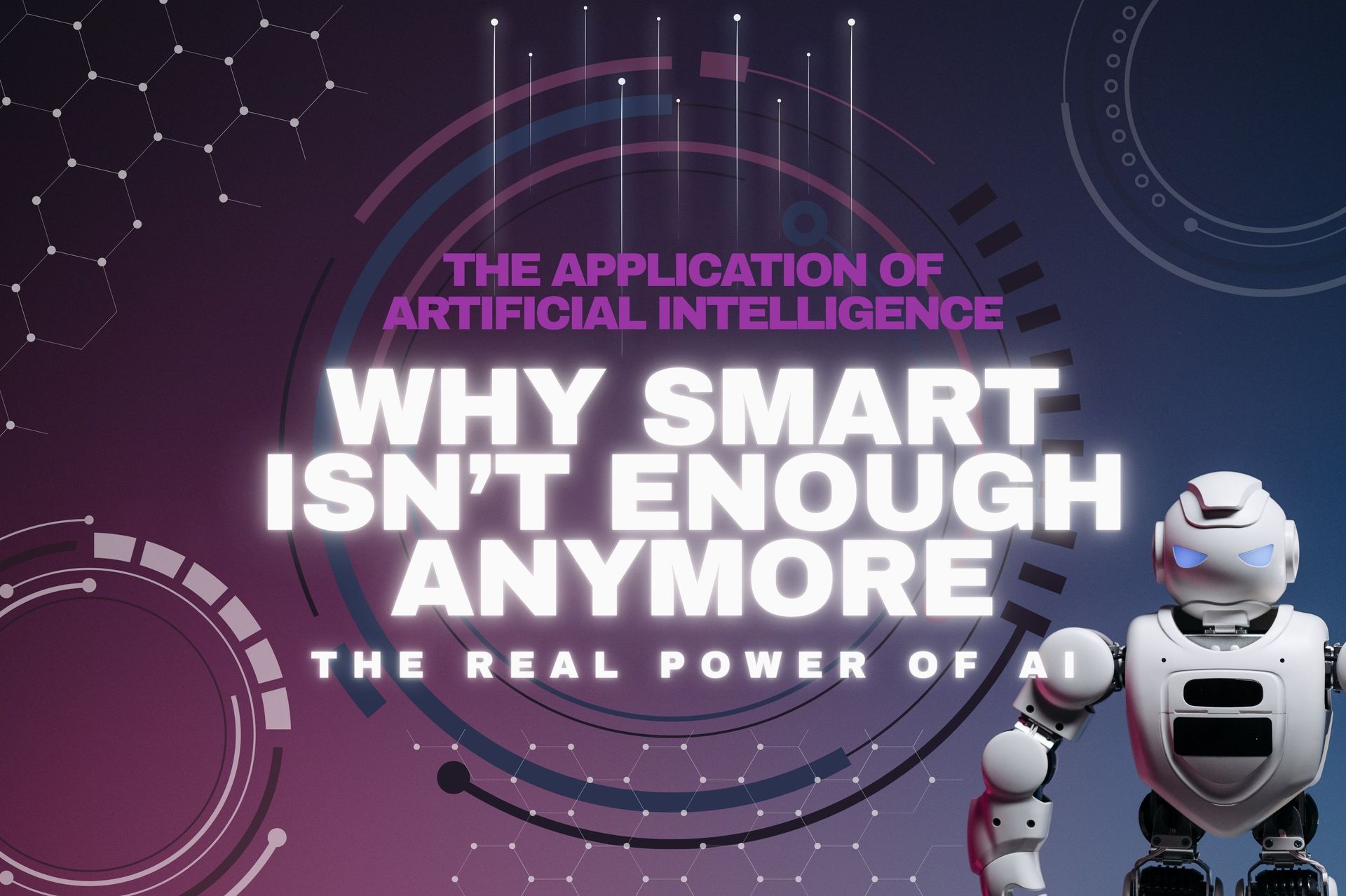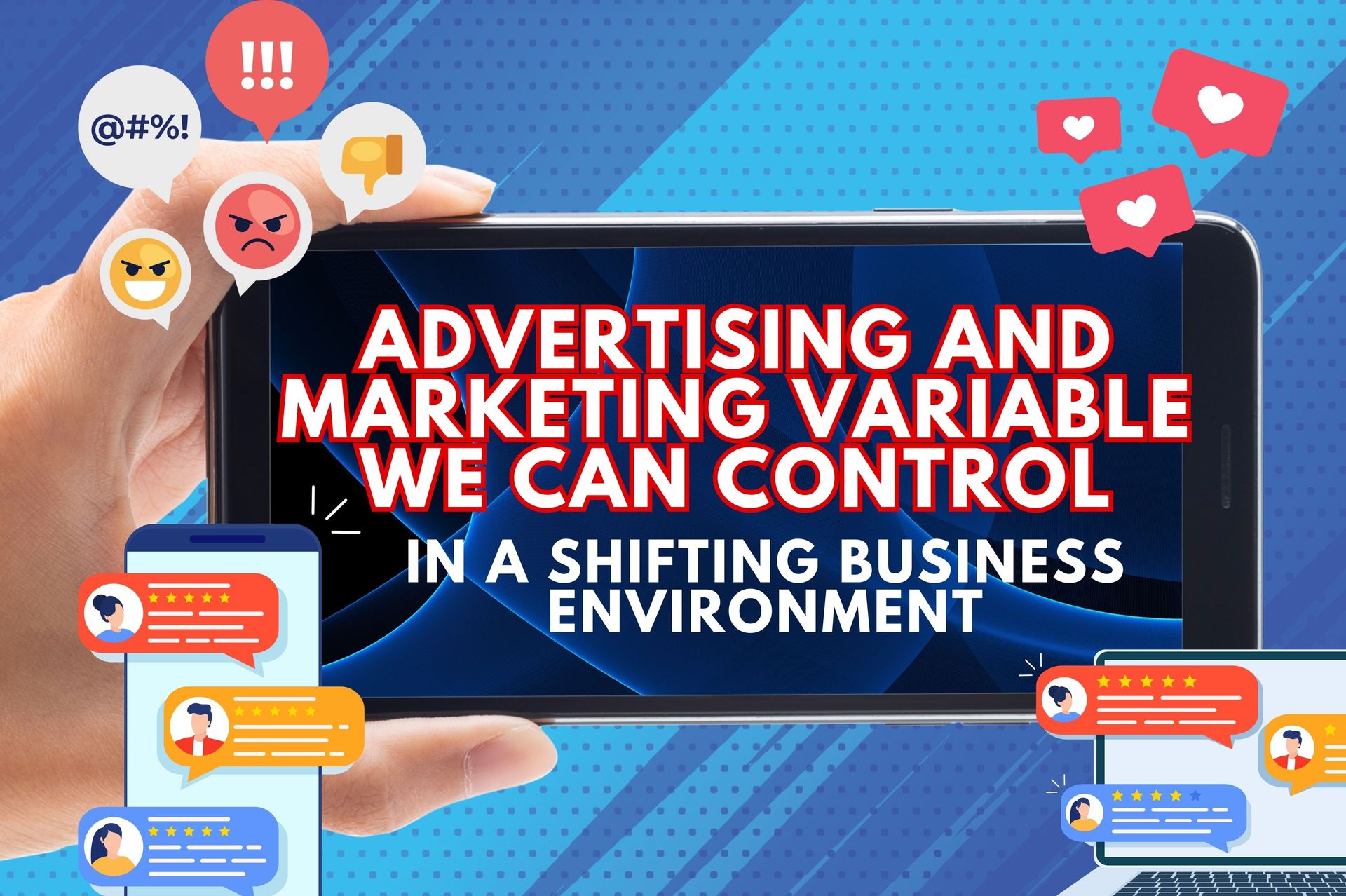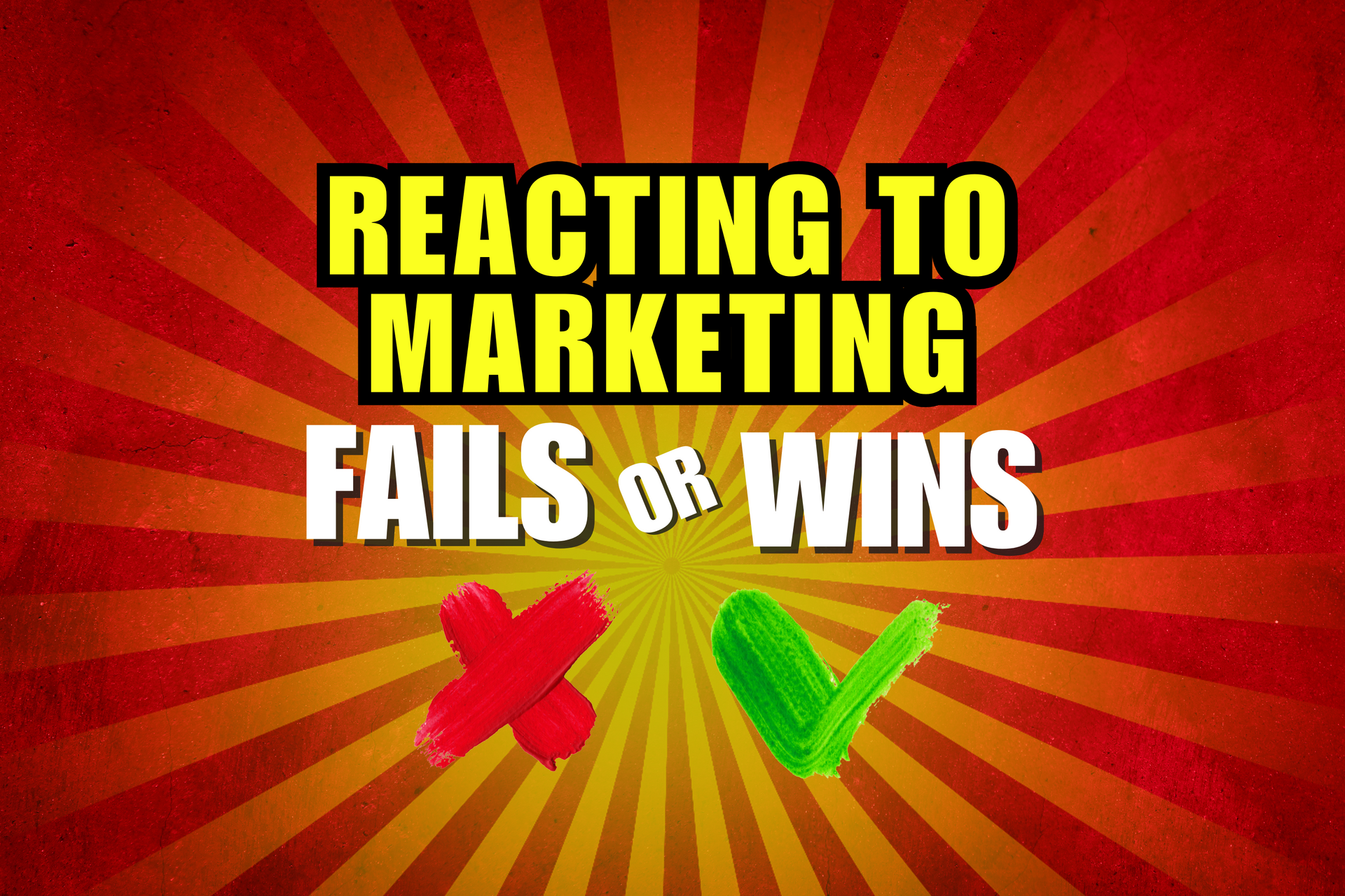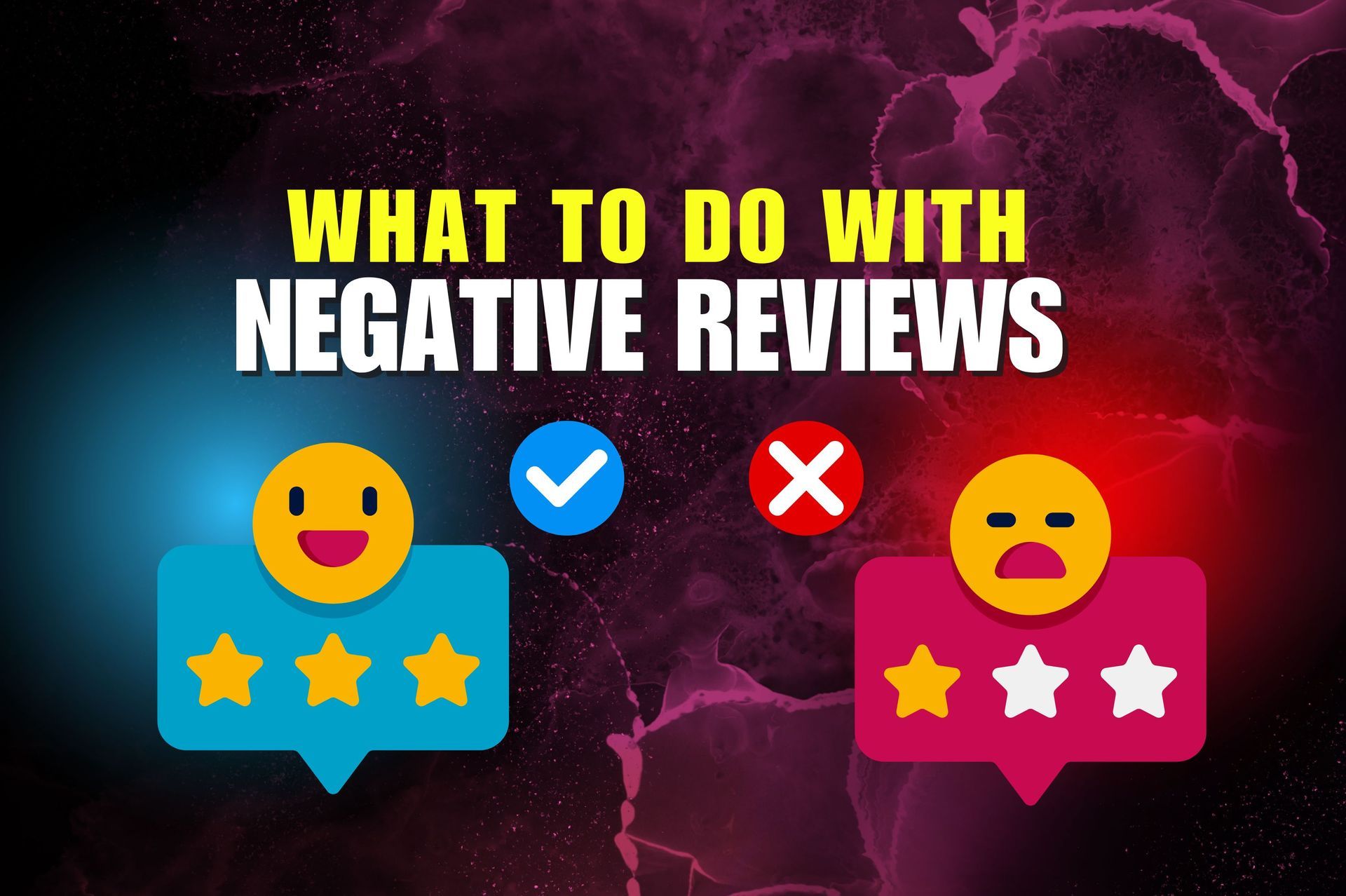The Difference Between an Email and a Blog Post
The Difference Between an Email and a Blog Post
Hey everyone. Today we're going to dive into the difference between emails and blog posts. Now, I know this sounds like a little trivial, but I got to tell you, I ran into a situation where clearly a person did not know the difference. These are two content types that play unique roles in your marketing strategy and understanding how to use them effectively can make a big impact on how you engage your audience, how your conversions work, time on your website, and a lot of other factors. So let's jump right in. Okay, let's start with the main differences between email and blog posts. Okay? Both have different purposes and we're going to cover that. Audiences could be the same and or different, and there's actually just some practical technical stuff that makes them vastly different. Okay? So first thing is emails are usually sent to a specific list of subscribers, buyers, customers, with hopefully a purposeful call to action.
We typically send emails, and let me just frame this in a much bigger conversation. Marketing, the definition that we all agree on is outbound messaging designed to elicit an inbound response. I didn't make that one up. That's pretty much just known in the industry. So if it's new to you, bookmark that whole concept right now. Emails fall right in the middle of that conversation. They are an outbound message, and if you're sending good emails, hopefully God help us all. You're getting an inbound response of some sort that typically is navigated by way of your call to action. What is the email asking people to do? Now, I spend a lot of time in this channel telling folks, just like you don't always ask people to do shit on your emails, send great, informative, sort of what I would call lead by giving type content. You can educate and you can do some of the things that you would do in a blog post on an email.
There's definitely some overlap. However, categorically they're defined and act in the way that I just described. Blog posts on the other hand, are published to live and stay on your website. And for that reason alone, they play so differently in the world of marketing because they actually can be indexed by the search engine and be a permanent educational resource about your products, your brand, your story, how to use them, how you help people, all this other cool stuff like value add content, emails that go to somebody's inbox and just kind of vaporize in there. They either get the response you want or they don't. They get ignored, yada yada. We all know the story there, but a blog post, this is planting a seed that hopefully grows into a productive tive tree that bears fruit for years to come. So when you're thinking about these two things, one is like a time-limited exercise.
The other one, and this is why writing and really thinking through your blog post is so important. That shit can live forever on your website and continue to bring your business and audience and subscribers and engagement on all of these other things that we spend our sleepless nights dreaming about. So I mean, that might be the biggest categorical difference that I could call out here on this video, but let's keep going either way, I just said it. Emails are more direct and personal. Blog posts are for general public access and education because they can be found in social media search engines and be referenced. And there's an RSS feed, right? People can pull your blog posts into another digital environment like their website or even their blog or even their emails, which would be awesome. So let's start with that. Big differences between the two.
And if you didn't understand that, hopefully this all makes sense. Okay? Now let's talk about practical boundaries that you're working within. The next thing to think about is the content length and the depth of the topic. Here's my guidelines on that. Emails are generally short and to the point, maybe 50 to 200 words. They focus on delivering a message that can be quickly digested, hopefully and effective. Now, I will stop right here and say to you all that are watching, I think pretty much supported by data, and you'll see a lot of other email marketers doing this nowadays, is emails that are really written, you would write to a friend, like a short text based email. Lot more readership, lot more action taken on those than the pretty, I did it in Canva email that looks like frankly effing marketing, which we are all sensitive to.
And the minute that thing pops up on the screen in full color with all the bullshit on there, the reader goes, I'm being sold. And they shut down. They get defensive. Psychologically, the defenses go up. What is this thing trying to sell me right now that I probably don't need this? SOB is in my inbox again. Okay? So just keep that in mind. I know the temptation is lemme make it all professional and everything and it's got to be this big graphic design project, but punch below the belt. That's what I'll have to say about emails. Go low when they go high, go low. Talk to the people on your list. They're real people. Write them a note. You just text three, four lines. Hey, I made this cool video, or We just launched this amazing new product. Here's a video about it. It took a long time to put together, but I wanted to share it with you.
Same thing you would send to a friend, because guess what? More people are going to click that than the big glossy Bs that everybody sends out that nobody really likes. Unless you're like Dick's Sporting Goods or Victoria Secrets or somebody like that. Work with your audience. Treat 'em like human beings. You're not, unless you're a nationwide retailer, that probably isn't the game you need to play. Those are just my thoughts on that. And if you think I'm wrong, hear me out and test it. See what your audience responds to, because at the end of the day, just follow the data and that I'll tell you what to do. Alright, back on track here. So either way, right? 5,200 words, short, concise, maybe a picture link to a video. It's quick and dirty on emails because you can always send another one. Now, blog posts, however we just said, can be longer, more informative.
Informative. You could go, let's say on the short side, we used to go four 50 words, maybe 600 is probably a better number these days and could go all the way up to 2000 words. So somewhere in that bandwidth between 602,000 words is great for a blog post. Because guess what's going to happen in those blog posts? You're going to have tons of keywords and indexable content and opportunities for the search engines to deliver this meaningful content that you've put together and index that with people that are searching for whatever problem you're talking about. Okay? So that's the other thing too in there is if you're going to write an article, think how am I helping people solve problems? It's a good place to start. So emails quick and actionable, blog post, deeper dive into a topic, more informative, more educational, more, dare I say evergreen and have value in an ongoing future because the thing is going to live on your website, right?
(07:12)
Okay, let's talk about another difference. It's really important as well is tone and style. Emails are hopefully conversational and personalized, like a direct message to the reader. And I just said that write, you're talking to one person, like a friend, like your best customer, your somebody that you cherish that's involved with your business to that person, that way in a personalized tone. That's my suggestion. I pretty much can promise you that if you do that, your emails will immediately get better because people like to read stuff that's written to them, not them treated as some number in some effing database. Okay? Alright. Now the next thing on the blog post, let's talk about style and tone there. Blog post should be a little bit more like an essay from school. They should be structured and informative. They have, what do you want to call it?
Like an introduction that gives the reader a reason to keep reading. Okay? And we've covered this in our other videos on this channel. There should be a hook in the first two lines. Why am I reading this? What's the value here? What am I going to learn? You should answer those questions right away, just like we learned when we were in middle school about how to write the introduction to an essay. I mean, a blog post is just some digital word for essay about a topic. So the same rules about writing still apply, offer value added content there. Tips guides, industry insights, things that you've learned that you want to share that could be of value to other people that are trying to figure things out in the industry or niche that you operate it. So if you're a home builder and you want to get new customers to build a home, you might want to talk about how people could save money, what the newest design trends are, what to watch for when working with subcontractors or architects or any of that kind of stuff.
Share the behind the scenes, share the valuable knowledge that you've accumulated, and I promise you, your audience will be absolutely gobbling it up and will not only put you on the authority platform that you probably are and would love to be recognized for, and at the same time, read and engage and welcome new blog posts that you publish. Okay, so let's summarize that. Emails, let's to-one communication. Hey, I'm sending you this note. Could be more than that, of course, but that's really the way to think about it. And then blog posts more like an essay I'm handing in that I might read in front of the class. It's for public consumption presentation. SEO value, evergreen, going to be on your website for a long time, that kind of thing. There are many emails that we send and probably emails that you've said that I would never want permanently parked on the backside of my website, which is not appropriate.
So time and place is another thing to think about when you're thinking about tone and style. Okay, let's wrap this baby up. All right, emails short, personal, focused on action, blog posts, long informative and engagement driven. And don't forget, SEO, searchable, evergreen, living on your website forever, not a one second flash in the pan. So use both strategically and I know that it's going to help you connect with your audience and maximize your reach and build your authority platform and the size and scope of what the content value is of your website, which is super important. So I always tell all of my clients and all the projects that we're involved with to get in the habit of regular publishing. I mean, I always like to say Gabriel able to do one a week, otherwise it's kind of lame. And if you don't have anything to talk about every week, you might need to check yourself because there's get something going on upstairs, okay?
(11:02)
Write down, use phone, write down notes. I always, and frankly, create a lot of these videos, and this is just me from conversations that we have with clients during the week, and I hear great questions from my clients and challenges sometimes and areas need work and explanation, and I'm like, hmm, I'm going to write that down and we're going to do some content on that, right? And share what I'm learning and what we're navigating with all of you guys, and put some value down. And yes, these videos become blog posts on our website because this kind of stuff could help people, new people that are starting out with content marketing, people that have been doing it and struggling, people that are experts and need a little fresh perspective on things doesn't matter to me. I'm happy to do it and post it up there. But this is a great example of the kind of stuff that can be a blog post is video transcript. Oh, that was a tip. Little nugget there. Okay, so either way, light it up in the comments if you guys think I've lost my way on this. Love to hear any sort of challenges and feedback and otherwise, we'll see you on the next video.
